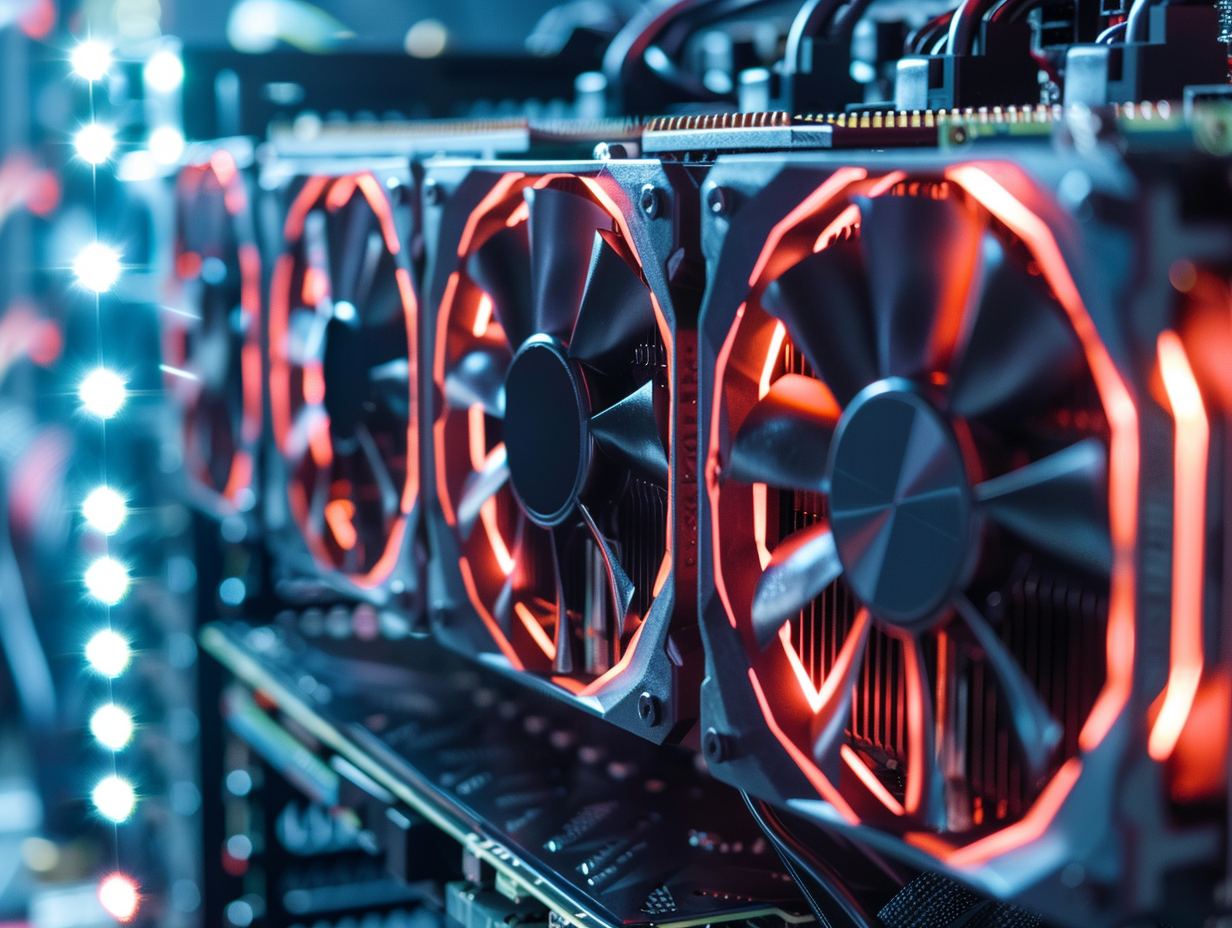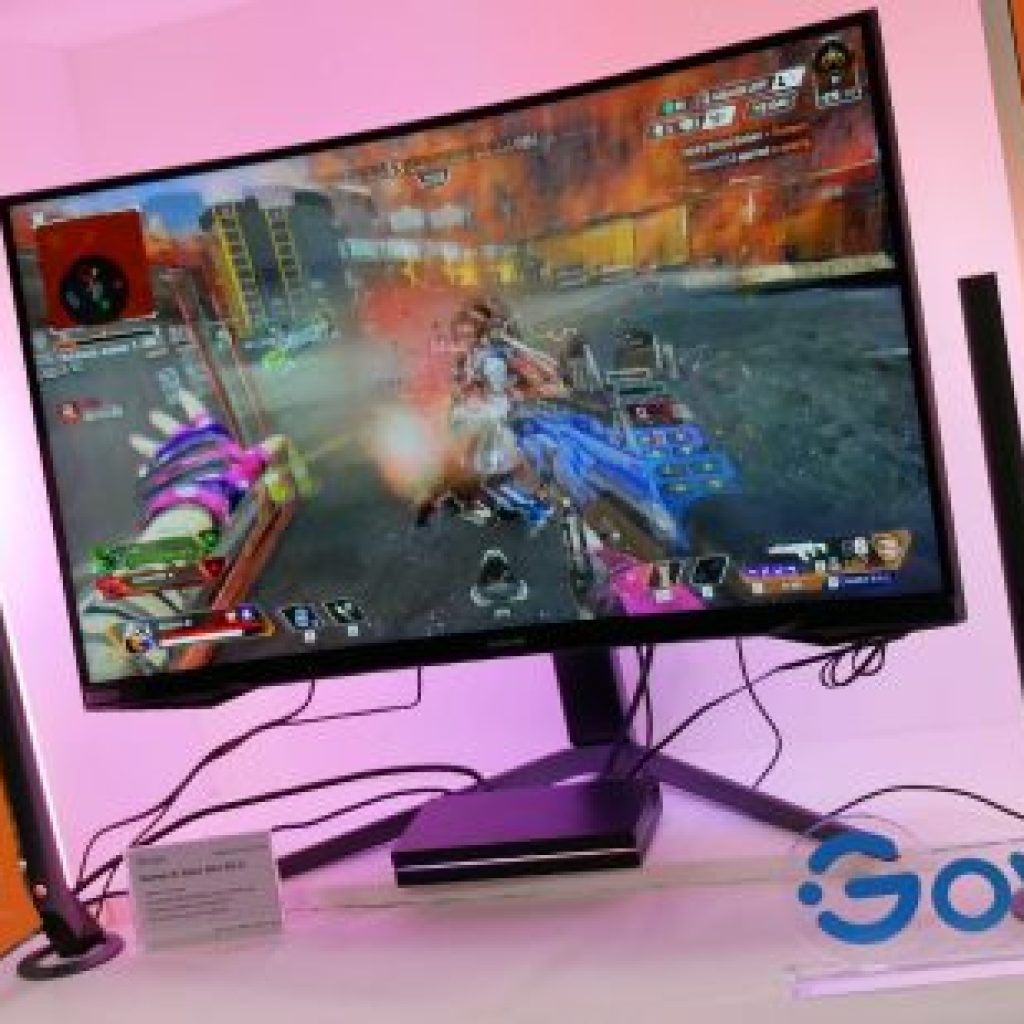Microsoft has officially launched DirectX 12 Work Graphs, a groundbreaking feature aimed at revolutionizing GPU autonomy and eliminating CPU bottlenecks in gaming and other compute-intensive applications.
Enhanced GPU autonomy
The new Work Graphs feature introduces innovative types of GPU autonomy, designed to optimize performance by reducing reliance on the CPU in various workloads. With Work Graphs, the system prioritizes a more efficient GPU-driven rendering process, minimizing the need for CPU intervention.
Addressing limitations in compute workloads
Amar Patel, Engineer (Direct3D), and Tex Riddell, Engineer (DirectX Compiler), elucidated the significance of Work Graphs in a detailed blog post. They highlighted its ability to overcome limitations in general compute workloads on GPUs and unlock latent GPU capabilities. Traditionally, GPU workloads necessitate an initial calculation on the CPU to determine subsequent tasks for the GPU, leading to potential bottlenecks. However, Work Graphs enable the GPU to autonomously manage and execute tasks without frequent CPU intervention.
Introducing work graphs: A paradigm shift
Work Graphs operate on the principle of asynchronous task scheduling, allowing shader threads on the GPU to request and execute additional tasks without waiting for CPU instructions. This paradigm shift empowers GPU threads (producers) to request other tasks (consumers), thereby streamlining task execution and maximizing GPU utilization. By employing a graph of nodes where shader code at each node can request invocations of other nodes, Work Graphs capture the user’s algorithmic intent and overall structure, alleviating developers from hardware-specific intricacies.
Optimizing task execution
One of the key advantages of Work Graphs lies in their ability to manage memory for data flowing between tasks, thereby optimizing task execution and resource utilization. By decoupling task scheduling from CPU involvement, Work Graphs enable the system to dynamically allocate resources and prioritize tasks based on GPU capacity, enhancing overall system performance and responsiveness.
Unleashing latent GPU capabilities
Microsoft’s Work Graphs represent a significant leap forward in GPU autonomy, offering developers a powerful tool to harness the full potential of modern GPUs. By minimizing CPU bottlenecks and enabling more efficient task execution, Work Graphs pave the way for enhanced gaming experiences, improved productivity in compute-intensive applications, and greater flexibility in GPU-accelerated workloads.
The future of GPU computing
As DirectX 12 Work Graphs become widely adopted, the landscape of GPU computing is poised for a transformative shift. With increased autonomy and efficiency, GPUs are set to play an even more pivotal role in driving innovation across various domains, from gaming and entertainment to scientific research and artificial intelligence.
Microsoft’s release of DirectX 12 Work Graphs marks a significant milestone in the evolution of GPU computing. By introducing innovative GPU autonomy features, Work Graphs promise to unlock new levels of performance and efficiency, while simultaneously reducing reliance on CPU resources. As developers embrace this paradigm shift, the potential for groundbreaking advancements in graphics rendering, computational tasks, and system optimization becomes increasingly tangible, ushering in a new era of GPU-driven innovation.





